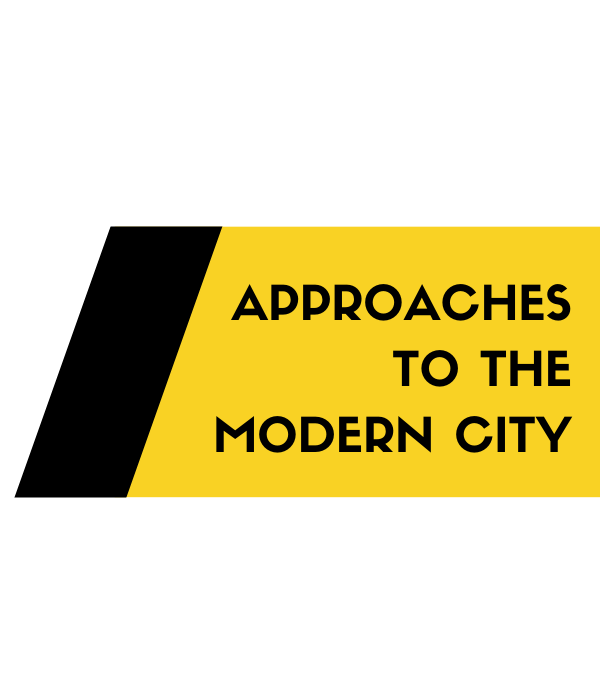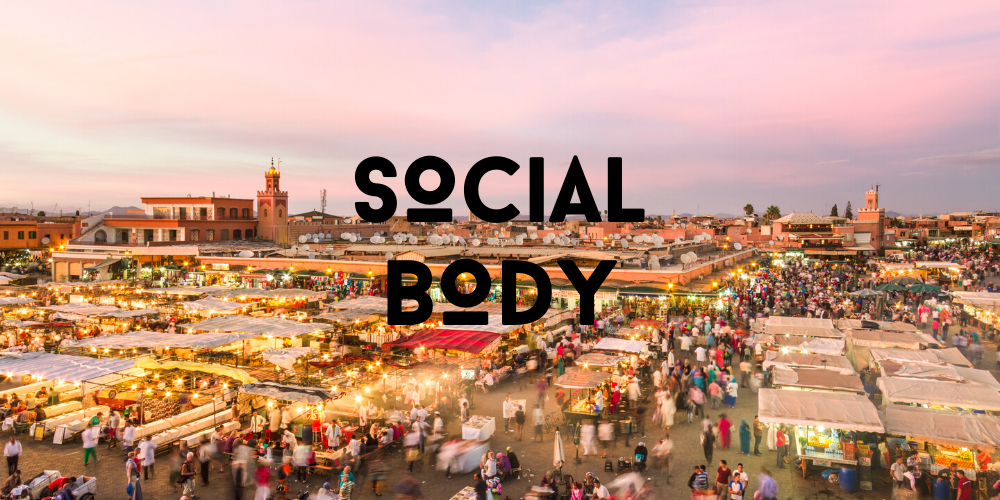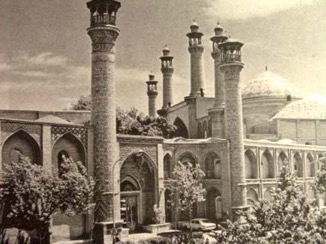By Aaron Wolf
Questions
Where are the key public spaces in Tehran? How have people used them? How are they restricted?
Discussion
Tehran and the country of Iran have experienced dramatic transformations over the past two centuries which have been largely linked to fundamental governmental shifts. These have including the Constitutional Revolution of 1905, the 1925 deposition of the Qajars, and the Islamic Revolution of 1979. These shifts touched every aspect of society in Tehran and are reflected in the changing function and physical makeup of the city’s public areas. This report tracks some of these key transformations over the past two centuries, beginning with an overview of Tehran’s historical public squares, then focusing on Baharestan Square, one of the city’s oldest and most significant squares, before briefly exploring a specific case demonstrating the role of gender in Tehran’s public spaces.
In Asma Mehan’s 2016 and 2017 articles on Tehran’s historical public squares, she puts forth her argument concerning the ways in which their function and form have changed over time. Mehan holds that over the past 200 years, Tehran’s public squares have shifted from places of activism to places of symbolism. More specifically, they used to be open, fluid spaces involved in a variety of activities crucial to the public, but by the 20th century, they became static places dedicated to transportation and religious and/or national symbolism (Mehan, 2017). Lak and Hakimian echo this point in their 2019 analysis of collective memory in Tehran’s urban spaces, holding that the squares have lost their historic identity (Lak & Hakimian, 2019).
Traditional Persian squares from the Safavid Dynasty (1501-1736) and the Qajar Dynasty (1789-1925) were designed to facilitate social gatherings and celebrations. They were typically flanked by courtyard houses and mosques, and oriented around a central pool which served as the aesthetic center of the immediate neighborhood (Mehan, 2017). Kings from these periods also used these squares as means of both displaying and maintaining their power (Lak & Hakimian, 2019). Toopkhaneh Square is a prime example of this, having been designed during the Safavid era as a key military site equipped with cannons and guards (Mehan, 2016). As mentioned above, the Safavid era was a time when squares were key urban spaces, surrounded by government buildings, mosques, marketplaces, religious schools, and public bathhouses (Mehan, 2017). Mehan notes how Sabzeh Maydan Square and Arg Square exemplified this due to their proximity to the Grand Bazaar, religious buildings, and the governmental palace (Mehan, 2016).
Throughout the Qajar era, bazaars and squares continued to serve a key function in the city and expanded in both size and number as the dynasty emphasized urban development. In 1872, the old city walls from the 16th century were finally destroyed and replaced with new ones, built farther out from the center, which allowed for tremendous expansion of public spaces. These walls were subsequently destroyed and replaced again during the Pahlavi Dynasty (1925-1979) in 1937. Mehan describes how these two wall demolitions allowed for the creation of more parks, more squares, and wider streets (Mehan, 2017). By the early 20th century, Tehran’s public squares also changed in function, as they were widely used for political protest and challenging authority. Another theme of the Pahlavi era was the Western influence on the architectural style and urban structure of the city’s public squares. This became apparent as Reza Shah Pahlavi and his successor, Mohammad Reza Pahlavi, sought to transform Tehran into a model of modernity. This is particularly reflected in Mokhber-Al-Doleh Square and Rah Ahan Square, which were developed early in Reza Shah Pahlavi’s rule. These squares surrounded major modern institutions and their layout focused on facilitating automobile transportation, a major functional shift from the city’s earlier squares. They also began to embody more European styles in their physical structure, with increased use of glass, metal, and concrete in the exterior facades of the squares’ buildings (Mehan, 2016).
By the latter part of the 20th century, governmental suppression made the squares less active sites politically and they became situated as mere features of Tehran’s transportation network, with some older squares transitioning into intersections or even parking lots (Mehan, 2017). That said, Mehan touches on how the Islamic Revolution motivated Tehranis to reclaim these spaces, though more often for public uses other than political gatherings. During the revolution itself, Rasler’s sociological account of the uprisings describes how demonstrations may not have been concentrated in the squares, but were common throughout the streets of Tehran. The most common forms of protests were ‘mourning ceremonies,’ where 40-day mourning periods were followed by public ceremonies organized by religious leaders and merchants. These ceremonies inevitably led to clashes between members of the public and the Shah’s security forces, and the number of demonstrators increased each time until the Shah’s eventual overthrow (Rasler, 1996).
These major shifts in Tehran’s public squares are especially apparent in Baharestan Square, which has served as a centralizing point in the city both politically and socially for over a century. Baharestan Square’s history began in 1807 when the Qajar Dynasty built the Negarestan Garden as a summer palace outside the city walls. The square consisted of the open space in front of it. The area was gradually developed and by 1868 had been absorbed over time into the city’s municipal boundaries, with legal courts and government offices surrounding the square (Lak & Hakimian, 2019). In the late 19th century, Sepahsalar Mosque was constructed nearby, making Baharestan Square host to key religious events and educational facilities. During this period, the Majlis, the first Iranian Parliament, was also constructed in the neighborhood, which brought Baharestan Square into a unique role for political gatherings and social demonstrations (Mehan, 2017). In 1908, the Majlis was bombarded during the Constitutional Revolution. Demonstrations in 1924 and 1953 played an important role in deposing the Qajars and the overthrow of Prime Minister Mohammad Mossadegh, respectively (Lak & Hakimian, 2019; Mehan, 2017). During the Pahlavi era, Baharestan Square was a less active political space, and its major changes were related to Western influences on the square’s aesthetic elements. After the 1953 coup d’etat, political suppression in the 1960s further lessened the square’s role as a site of activism in the decades the followed (Mehan, 2017). Despite this later drop in relevance pertaining to social interaction, both Mehan and Lak & Hakimi describe Baharestan Squareas serving two important historical roles in the city: first, as a focal point for the demands of the people; and second, as the core of a wealthy neighborhood that testified to the stability and modernity of Tehran (Lak & Hakimian, 2019; Mehan, 2017).

Baharestan Square and the statue of Ayatollah Hassan Modarres, one of the key supporters of the Iranian Constitutional Revolution. (Wikipedia)
While Tehran’s historical public squares have diminished in their social and political importance over the past half century, other types of public spaces have embodied the city’s cultural shifts in recent decades. One phenomenon related to this is the emergence of gender-exclusive parks throughout the city. Much of Tehran’s culture has been affected by the search for a true Iranian-Islamic legacy following the 1979 Islamic Revolution, especially after the death of its leader, Ruhollah Khomeini, in 1989 (Shirvani, 2017). One aspect of promoting this legacy has been considering leisure and sports to be ‘un-Islamic’ activity, especially for women, although there has been some resistance against this. During the 1990s, many demanded women’s spaces be built within the city limits. In 2007, the first of four female-exclusive parks, Mother’s Paradise, was built on 37 acres of land. Mother’s Paradise now hosts one thousand women daily, with several different types of facilities, including pools, fitness centers, and an artificial lake (Shahrokni, 2014). This has been viewed as a victory for women in Iran as the first time since the revolution that women were permitted to be in a public space without wearing their veil. Despite this, the park still embodies the patriarchal attitudes that persist in Iran. In order to hide women from view, the park is surrounded by a 13-foot iron wall and the plants and trees are specially arranged so that aircrafts flying above are unable to see anyone in the park (Shirvani, 2017). Additionally, the park is highly policed from inside and outside for ‘proper’ behavior and no photos or videos are allowed inside (Shirvani, 2017). In this way, parks like Mother’s Paradise represent an example of conditional freedom, where women are finally allowed to engage in activities that have been forbidden for decades, but only in the context of an isolated, highly regulated area.
Tehran’s public spaces have interacted with and influenced Tehran’s social, political, and cultural life for over two centuries. In the Safavid and Qajar eras, squares were designed as urban areas critical to both social interaction among citizens and to displaying the political identity of the government in power. In the 20th century, the squares became crucial spaces for civil demonstrations before eventually fading from relevance. Recently, they have functioned more as traffic nodes along Tehran’s transportation network. Despite this, Tehran’s public spaces continue to embody the key features of Iranian society, as evidenced by the conditional freedom afforded to women in the 21st century’s gender-exclusive parks.
Sources
Lak, Azadeh, and Pantea Hakimian. “Collective memory and urban regeneration in urban spaces: Reproducing memories in Baharestan Square, city of Tehran, Iran.” City, Culture and Society 18 (2019): 1-10.
Mehan, Asma. “Manifestation of modernity in Iranian public squares: Baharestan square (1826–1978).” (2017): 411-420.
Mehan, Asma. “Public squares and their potential for social interactions: a case study of historical public squares in Tehran.” International Journal of Architectural and Environmental Engineering 3, no. 2 (2016): 544-549.
Rasler, Karen. “Concessions, repression, and political protest in the Iranian revolution.” American Sociological Review (1996): 132-152.
Shahrokni, Nazanin. “The mothers’ paradise: Women-only parks and the dynamics of state power in the Islamic Republic of Iran.” Journal of Middle East Women’s Studies 10, no. 3 (2014): 87-108.
Shirvani, Shahrzad. “Public Spaces of ‘Freedom’: The Emergence of Gender-Exclusive Parks in Tehran.” Critical Planning 23 (2017): 175-194.



